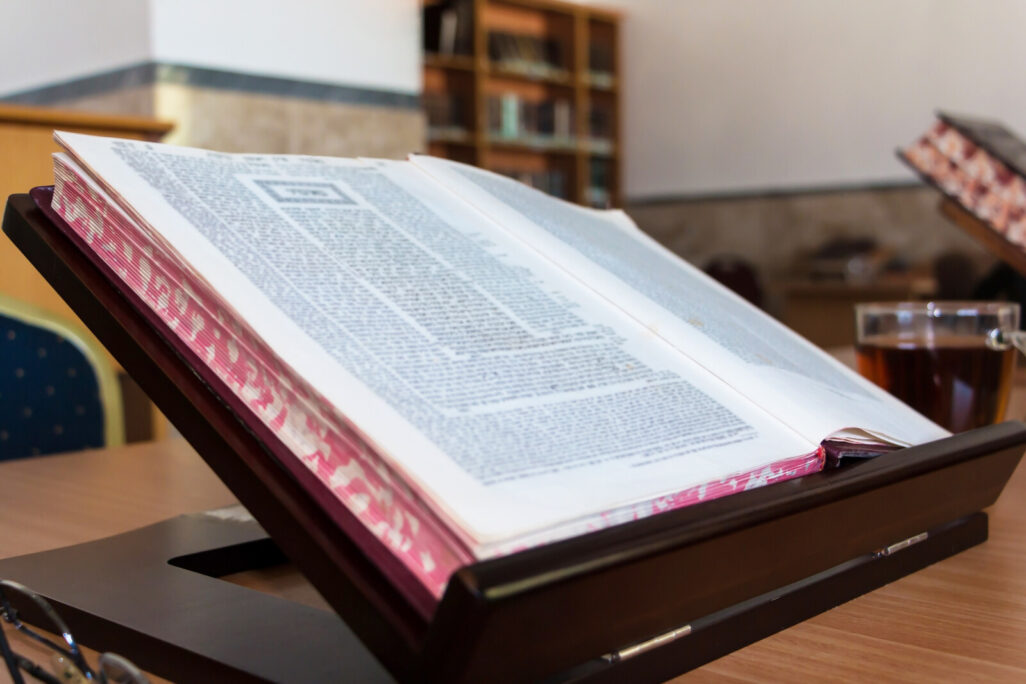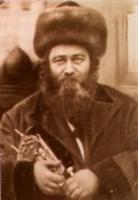
Last month, hundreds of thousands of Jews from around the world gathered in study halls and synagogues to celebrate 100 years of daily study of Talmud, the vast collection of Jewish law. Since 1923, Jews who take part in Daf Yomi (“daily page”) study a page of Talmud daily, with all those who participate reading the same page each day.
The Daf Yomi initiative was started by a young rabbi. Rabbi Meir Shapiro was only 37 years old when he had the vision for the project. In Poland in 1923, he recognized two revolutions that would change the world: the industrial revolution, which made everyone busier and more focused on making a living, and the transportation revolution, which made the world a smaller, more accessible place.
The idea was simple: Shapiro proposed to establish a regular study program for every Jew, every day, and anywhere in the world. This project was not intended for unemployed young people who were in intensive Jewish houses of learning. It was a route for the working class, for those who work hard and also deserve a daily dose of spirituality and reflection.
It was also meant to connect Jews from around the world. Shapiro stood in front of all the rabbis of Europe and said: Imagine a Jew from Germany meeting a Jew from Poland or America, each from a different place and speaking a different language, but now they will have a common Talmud page to work on. In short, he wanted all of world Jewry to be "on the same page."

Shapiro’s vision came to fruition, with tens of thousands of Jews all over the world now taking part. Reading all 2,711 pages of the Talmud this way takes about seven and a half years. Hundreds of thousands take part in the celebrations held after the completion of each cycle.
Students are exposed to a huge variety of knowledge and content each cycle, covering laws of Shabbat and Jewish holidays, workers’ rights, inheritance law, marriage and divorce law, Jewish history, and more.
Tragically, most of those who started the fourth Daf Yomi cycle were murdered in the Holocaust and did not get to finish it. Yet Daf Yomi itself survived the attempted destruction of the Jewish people, and Jews of all sorts—ultra-Orthodox, traditional, and secular—take part in the project.
In the modern era, it seems that Daf Yomi is only becoming more common and relevant. A study conducted by the Real Time Data Institute led by Dr. Nechumi Yaffe found that 43% of ultra-Orthodox Israeli respondents reported regularly studying Daf Yomi. Almost one fifth of those studying Daf Yomi had started in the past year. Taking part in Daf Yomi is a way for ultra-Orthodox Israelis to make time in their day for religious study, proving an anchor for ultra-Orthodox identity even within the working world.
One of the reasons for the increase in those studying Daf Yomi is technological innovation, which makes the Talmud available to anyone at any time. Today there are several websites, applications, and podcasts that make Daf Yomi even more accessible.
Rabbi Meir Shapiro of Lublin had no children. Before his passing he said that the students of the daily page are his children, and this is his legacy.
This article was translated from Hebrew by Nancye Kochen.






